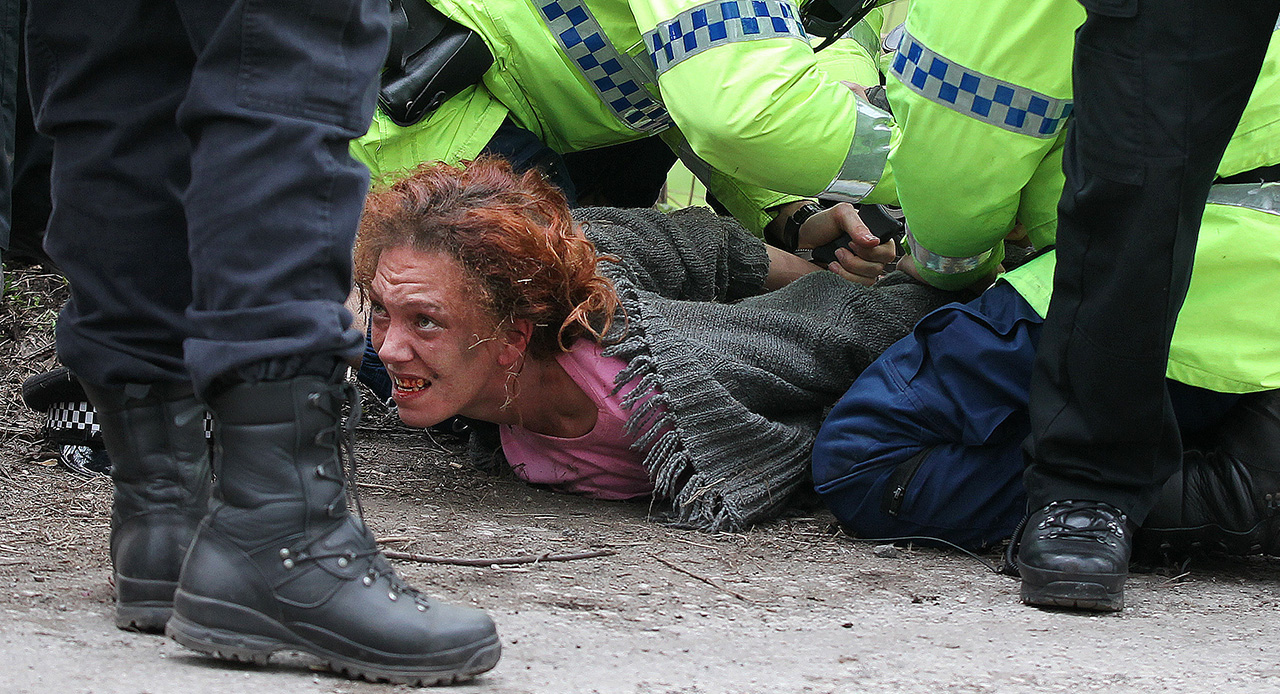Sally Soames and fellow members of The Press Photographers Association (which became The BPPA) at their first London exhibition at The Barbican. Photo ©Brian Harris.
Sally Soames who worked as a photographer for The Sunday Times for more than three decades died aged 82 at her home in north London on the 5th of October 2019.
Sally, like many of her generation had no formal training as a photographer, starting out by winning a photography competition run by a London evening paper. She was noticed by the Observer where she contributed work during the 1960’s before being taken onto the Sunday Times before the decade was out. She stayed on her beloved paper for more than 32 years working for esteemed editor Harry Evans and design maestro Edwin Taylor, reluctantly retiring due to problems with her knees and as black and white analogue film photography gave way to colour and subsequently digital image making.
Sally told me in the early 90’s that she was scouring London and buying up all the Nikon FM2 film cameras that she could find once she had been told that her favourite camera wasn’t going to be made anymore. I don’t think Sally and modern digital technology would have got on together, so a good time to call it a day.
Sally was a pure image maker, the eyes were everything, get the eyes sharp and you will have your reader, she said to me once. She would talk her subject into submission if he or she proved to be reluctant to have their photograph taken. She charmed and cajoled, often writing to her subject in advance of the photography session as well as reading their work if an author, or watching their films or plays if an actor. She saw herself and her work as the equal of the writer and the written word when covering an interview, not for Sally the three minute photo-op session dictated by a hovering PR, which is now seen to be the norm, Sally demanded and got as much time as she needed to produce her work.
Although Sally did specialise in portrait work for the paper, producing some of the most eye catching imagery to grace the pages of any newspaper in the land she was also a dab hand on the political scene. I personally worked alongside her on many occasions, Sally on the ST and myself on The Times at many a political conference during the 70’s through the 80’s. I was always surprised to see her visual summation of the week in her paper, normally a quiet reflective moment caught without fuss, just a fine quality image that would make you think a while.
I also worked alongside Sally in Israel whilst covering a general election in June 1981 featuring Menachem Begin and Moshe Dyan, both of whom she had entré to with one phone call. Her portrait of General Dyan on the Golan Heights ranks, IMHO, as one of her finest images. She introduced me around to those that mattered and arranged passes and some access to this then relative green horn, but that was just so typical of Sally, she would help just about anyone but especially new guys and gals on the block…there is a long line of news photographers working now who all owe Sally a great debt of personal gratitude, myself included.
She had a heart felt affinity with Israel, being born Jewish (born Winkleman), and when based there during the Yom Kippur War between Israel and a coalition of Arab States led by Egypt and Syria in October 1973 she was recalled by Kelvin Brodie her Sunday Times picture editor (and a former top flight news photographer) as it was deemed by the ST management as being too dangerous for Sally to stay after the death of ST correspondent Nick Tomalin. The group of Arab commandos who stormed the beach outside her Tel Aviv beach front hotel made the point more emphatically. She returned to Israel a week later to cover the km101 peace talks.
Sally may have been slight of frame and stature but she was strong and a fighter…Sally never ever gave up, she always found a way to achieve what she wanted, with a gushing smile, a hand hold, a squeeze and it must be said a fair bit of feminine schmoozing…Sally really was one of those unique individuals who was a friend to many, a mentor to many more and a bloody good photographer…oh, and a really nice woman. RIP Sally.
Brian Harris © 2019





